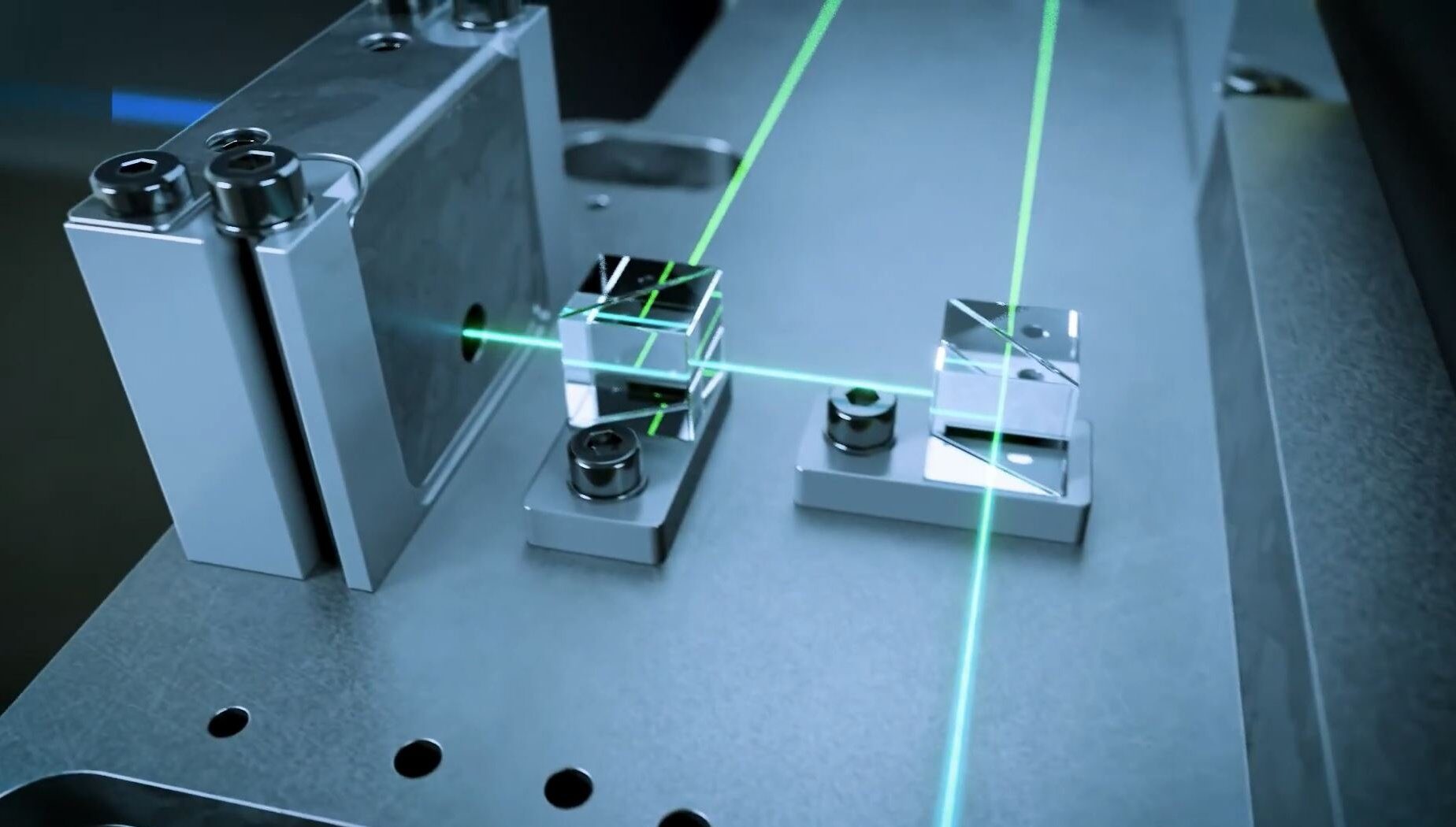In industrial settings, monitoring vibrations is crucial for ensuring the smooth operation of machinery and equipment. Vibration measurement technology has evolved significantly in recent years, thanks to innovations that have revolutionized how vibrations are detected, analyzed, and managed. In this article, we’ll explore some of the latest advancements in vibration measurement technology and their impact on industrial monitoring.
Introduction to Vibration Measurement
Vibration measurement involves quantifying oscillatory motions of machines and structures. Traditionally, this was done using sensors such as accelerometers and velocity transducers, which detect vibrations and convert them into electrical signals for analysis. While these sensors are still widely used, recent innovations have introduced more sophisticated techniques for capturing and analyzing vibration data.
Wireless Vibration Sensors
One of the most significant advancements in vibration measurement technology is the development of wireless sensors. These sensors eliminate the need for cumbersome wiring, making installation easier and more cost-effective. They also enable remote monitoring of vibrations, allowing maintenance teams to assess equipment health from a distance. Wireless sensors are particularly beneficial in industrial environments where access to machinery may be challenging or hazardous.
IoT Integration
The Internet of Things (IoT) has transformed many aspects of industrial monitoring, including vibration measurement. IoT-enabled vibration sensors can communicate data wirelessly to centralized platforms, where it can be analyzed in real-time. This connectivity allows for proactive maintenance strategies, where potential issues can be identified and addressed before they lead to costly downtime. IoT integration also facilitates predictive analytics, enabling organizations to forecast equipment failures based on vibration patterns.
Advanced Signal Processing
Advancements in signal processing algorithms have enhanced the accuracy and reliability of vibration measurements. Machine learning techniques can now analyze vast amounts of vibration data to identify patterns and anomalies indicative of machinery faults. By leveraging historical data and predictive models, these algorithms can provide early warnings of potential failures, enabling proactive maintenance interventions. Additionally, advanced signal processing can filter out background noise and interference, improving the signal-to-noise ratio for more precise measurements.
Miniaturization and Portability
Another trend in vibration measurement technology is the miniaturization of sensors and data acquisition systems. Miniature accelerometers and data loggers are now available, allowing for unobtrusive monitoring of vibrations in confined spaces or on moving machinery. These portable systems are ideal for field testing and troubleshooting, where mobility and flexibility are essential. Miniaturization also reduces costs associated with sensor installation and maintenance.
Integration with Asset Management Systems
Modern vibration measurement technology is increasingly integrated with enterprise asset management (EAM) systems. By connecting vibration data to asset records and maintenance schedules, organizations can streamline their maintenance workflows and optimize resource allocation. This integration enables maintenance teams to prioritize critical assets based on their vibration signatures and historical performance. By aligning vibration monitoring with overall asset management strategies, organizations can maximize equipment uptime and longevity.
Innovations in vibration measurement technology are revolutionizing industrial monitoring practices, enabling organizations to improve equipment reliability, reduce downtime, and optimize maintenance operations. Wireless sensors, IoT integration, advanced signal processing, miniaturization, and integration with asset management systems are among the key trends shaping the future of vibration measurement. By embracing these innovations, companies can enhance their predictive maintenance capabilities and gain a competitive edge in today’s dynamic industrial landscape.
